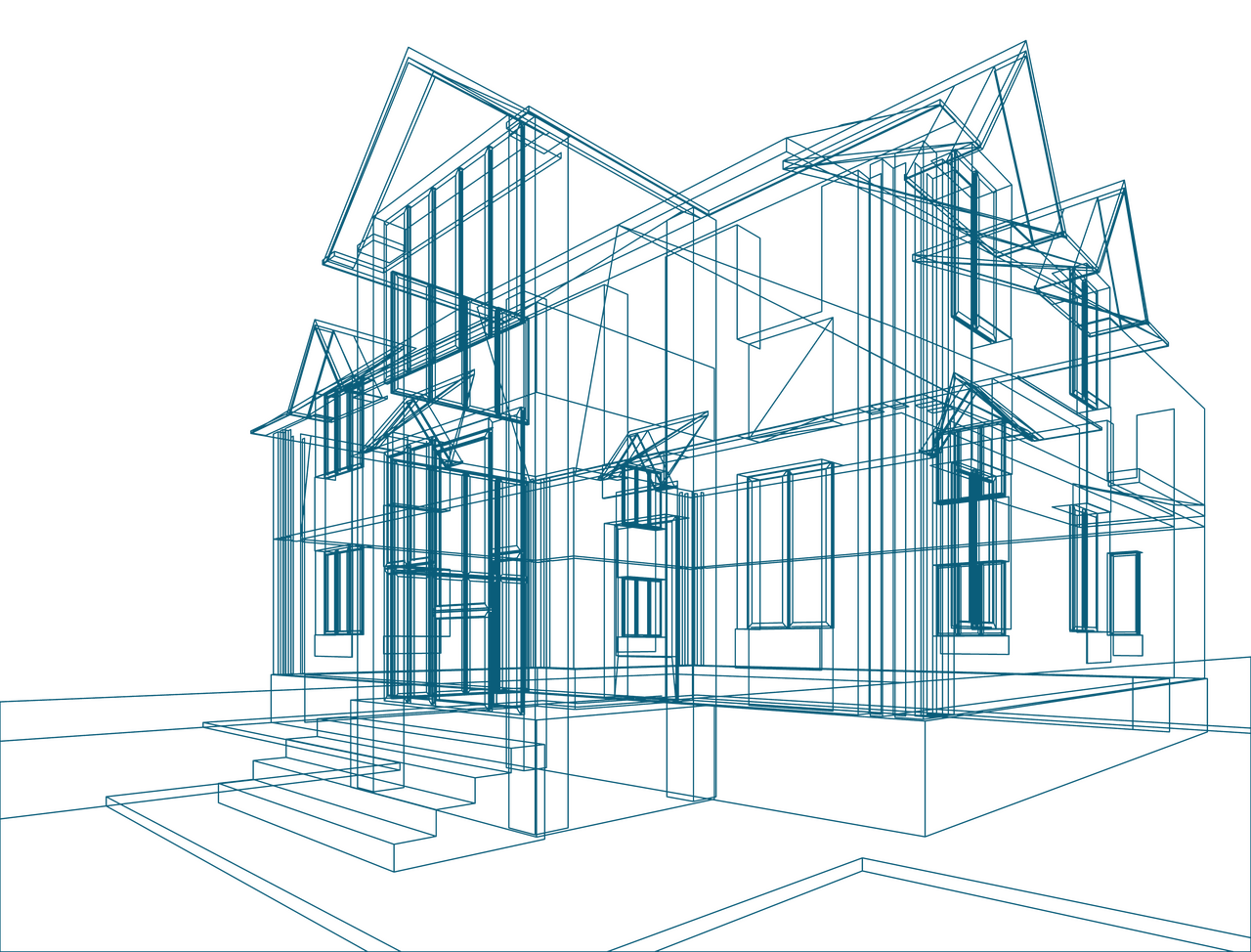

Market report
BIM usage growth among architects
Stay up-to-date with the latest trends and insights in the European architectural industry with the European Architectural Barometer market reports. Access valuable data and analysis to inform your business decisions.
News I published 26 July 2021 I Dirk Hoogenboom
Growth in architects’ BIM usage slower than expected
Growth in architects’ BIM usage slower than expected
In 2019, usage of Building Information Modelling was booming among European architects. Architects’ BIM usage had been growing faster in the 2017-2019 period than ever before. The same goes for the share of projects in which BIM was being used, and ever more stakeholders in the construction value chain were picking up BIM as well.
On top of that, 89% of all European architects were familiar with BIM in 2019, and an increasing amount of them who were not using BIM yet indicated to be planning to start using BIM in the next two years or so. All this made the future of BIM look blindingly bright, and based on these indicators we even forecasted BIM usage among architects to grow from 38% in 2019 to a whopping 53% in 2021.
After two years of unimaginable events that touched all our lives, we take another look at BIM usage in eight European countries in USP Marketing Consultancy’s Q2 2021 European Architectural Barometer, to see what remains of the bright BIM picture we forecasted two years ago.
BIM did not grow as much as we expected
Clearly, the surge in BIM usage that we expected did not happen. Instead of growing to 53%, the share of European architects using BIM only grew from 38% in 2019 to a mere 44% in 2021. We are the first to admit that the forecast of BIM usage we created in 2019 was off by a fair bit, and also the first to ask the question of why? What happened to European architects’ gusto to add BIM to their repertoire, which they so clearly indicated in 2019?
The pandemic does not explain everything
At this point, it is easy to drop an inevitable c-word and blame the corona pandemic, and for good reason. To adopt BIM, architectural firms have to invest money and time. The past two years have not been easy on any of us and the pandemic has caused a lot of economical unrest, resulting in a poor climate to dedicate large investments to innovations like BIM.
Our results indeed show that architects are struggling with such investments at the moment, as a quarter of them indicate the reason for not yet working with BIM to be that the investments to do so are too big. Although it is reasonable to assume that this is a direct impact of the pandemic creating a volatile economic situation that makes architects more reluctant to invest in BIM, it is by no means the only explanation.
BIM growth reduced on more than just the architectural front
Another reason to not have yet started with BIM that was mentioned by even more of the European architects (27%) is that they do not see the benefits for their organisation. Also, lack of demand from private or even public clients is given as the reason for not adopting BIM way more often than in 2019. These results show that architects are not just reacting to a volatile situation created by the pandemic, but to a wider context in which BIM growth has declined.
This line of thought is supported by other figures. The above graph shows that the percentage of architects’ projects in which BIM was used has not really grown over the past two years. Aside from that, our results show that the share of turnover derived from BIM projects has not grown significantly either. All this shows that aside from being less inclined to invest in BIM in a volatile economic situation, the lack of increasing demand and reward for such investments have possibly stopped architect from adopting BIM even more.
What about the future?
Given recent events, it remains hard to predict how BIM usage of architects will develop in the coming years. The question remains whether demand and reward for architects adopting and using BIM has not grown because of an anomaly like the pandemic or because of other reasons. If demand picks up again after the pandemic, BIM adoption among architects may accelerate again as well, but it will differ vastly between countries.
In countries where BIM is already used by a lot of architectural firms, like the Netherlands, not much significant growth may happen due to saturation. At the same time, in other countries where BIM is less prominent yet, the coming years may show growth depending on the development of the economic situation and other contextual factors. The point is to keep your finger on the pulse of the regions you operate in, of which the BIM heartbeats differ vastly from country to country.
For more detailed and country-specific information we refer you to the Q2 2021 report of USP Marketing Consultancy’s European Architectural Barometer.





